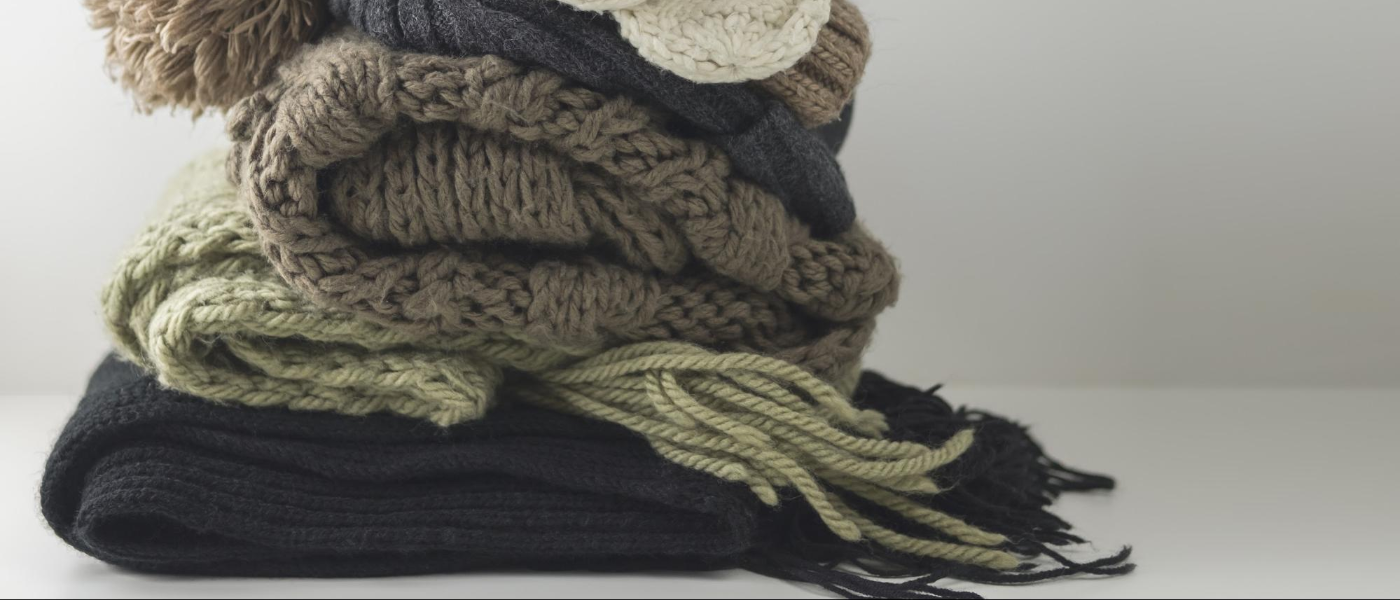How to Protect Your Sweaters in the Off-Season

As we finally embark on the spring season, it’s time to pack away fall and winter wardrobe staples in favor of springtime fashions. Before you store those sweaters, you’ll want to take a few steps to protect them from fabric pests during the off-season.
Defend Your Fall Favorites
With spring upon us, sweater weather is probably the furthest from your mind. But, the fact is that cooler temps will return faster than you think and it’s a good idea to prepare your clothes for their arrival. Although most people think that moths are the culprits when it comes to those holes chewed in their clothes, it’s actually the moth larvae to blame.
University of Kentucky entomologist, Blake Newton, explains in Real Simple’s How to Stop Moths from Eating Your Clothes, after caterpillars hatch from moth eggs, “They will only eat animal-based fabrics like wool and cashmere because the caterpillars need animal proteins from the fabric to grow and develop.”
Defend your fall favorites from moth larvae with these simple safeguards:
A Clean Start
First, make sure your clothes are clean from the last time you wore them. Even small food particles can attract pests during the off-season, so it’s best to launder your fall favorites before storing them. The same goes for any “dry clean only” items. Pests will find oil and dirt left on your clothes even after only one wear, which is why proper cleaning is critical.
After laundering, opt for plastic bins that have tight-fitting lids to pack your fall and winter wardrobe. These are preferable to trunks or dressers, which can have small cracks that pests are able to access, giving them free rein over your clothes. Sealed and stored, your fall and winter items will be safe from moths during the off-season.
Brush it Off and Suck it Up!
A clothing brush helps keep your clothes free of moth eggs. Thoroughly brushing of your clothes, especially in the sunlight, helps remove both eggs and larvae. Take extra care to brush pockets, seams, and collars -- anywhere larvae might hide.
Every week you should take time to vacuum, paying close attention to crevices and narrow spaces near baseboards, around carpet edges, and especially within closets. Moths like the dark, so running the vacuum over closet floors is a good way to remove particles that could be a potential food source and eradicate any existing larvae.
For professional protection against fabric pests, contact our team for a free quote on residential and commercial pest control solutions.



